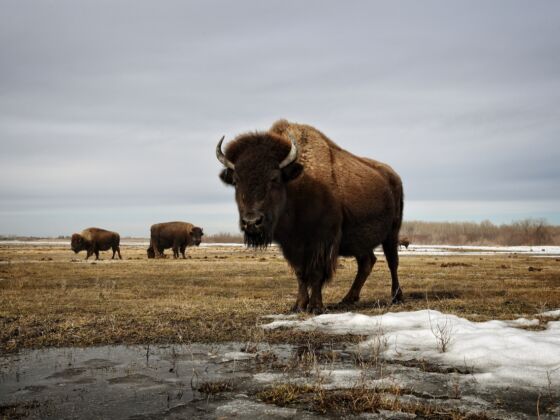IT WAS WELL INTO THE UNMITIGATED SEAR OF JULY when they finally came upon the first settlements of Quivira.
They were seventy-seven days out from the embers of Tiguex, give or take a few, nine hundred and fifty leagues from the City of Mexico, somewhere in what is now central Kansas. They were probably less than a day’s ride from the site where four hundred and sixty-four years later a retired financial services magnate by the name of Steve Fossett would set off on the first non-stop solo circumnavigation of the globe by aircraft.
